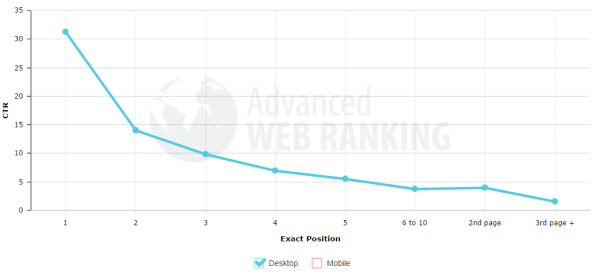Let’s follow the bouncing ball here. First off, there’s a couple of things I think people get a little misguided about when it comes to “content marketing” as a concept:
- Your brand is unique, but you’re probably taking content marketing advice from a cookie-cutter expert who says the same thing to all brands.
- It’s possible that marketing departments generally don’t understand content.
- The term isn’t tied enough to conventional business goals, so firms will start abandoning it.
On top of that, there’s a bit more you need to understand.
First, look at this:
That’s the number of new blog posts per month on WordPress — just WordPress — back to about 2006. This isn’t Kentico, Blogger, Tumblr, or anything else. Just WordPress. In May 2015, there were 58 million posts published. 58 million. There are 31 days in May. That means that about 1.8 million new blog posts are put online every day just from WordPress. You know how hard it is to stand out in that environment?
Now consider this, from here:
According to Paul Hewerdine of B2B marketing agency Earnest (via Forrester’s 2014 report on building the case for content marketing), the problem is that “the supply of content is growing, but demand is static.” In other words, the people on the receiving end of all this content are only going to consume so much. Their demand isn’t growing with the supply.
Right — so here’s what happens. More marketing departments start to realize that people are avoiding conventional ads, so they’re chasing new ideas. Their top and mid-level dogs go to conferences and hear about “content marketing,” and the idea makes sense on face, so they up-sell that. People try to chase it, and maybe bring in a content marketing expert or content marketing consultant, or buy a suite of products, or whatever. They try it for a while, but the big numbers — and marketing is all about The Shrine of Big Numbers — aren’t there. Eventually they let it fade. I’ve seen this with so many companies over the past 2-3 years.
Here’s why that’s happening: look at the quote above. If everyone’s trying out content marketing, that means there’s post after post in every industry/vertical. And sure, you share them on social! But organic reach is declining. And Twitter’s a mess — a damn cacophony of noise and they just fired their CEO. Unless you’re a very specific type of brand, you won’t do that well on Instagram. So your best bet is you write good, SEO-friendly content and Google helps drive people to you. But, uh…
Here’s that chart put into words:
This chart shows that on average, results on page one of Google get 71% of the clicks. Results on pages two and three, on the other hand, only get about 6%. Furthermore, the first five positions on page one of Google get 68% of all clicks.
You want to hide a dead body? Put it on Page 2-3 of Google. (**Laugh track**)
So let’s say you work in a competitive industry/vertical, right? And let’s say you’re trying content marketing, yes? That means you write something and you have these channels to get it out, give or take:
- E-Mail: Which people are learning to ignore, especially from brands.
- Social: Where “pay to play” is becoming a bigger deal.
- Google: Where, if you don’t rank in the top 10 for specific keywords, no one will find you.
- Brand Influencers: Which is a good concept, but they still need to present your product in an organic way or they’ll turn off their followers.
As more and more people try to turn to content as the answer to their marketing woes — rather than thinking about how their marketing can evolve — we’re only going to continue with this supply/demand problem in this space.
(Ironically, then, the “content marketing experts” are making it worse for themselves, because by getting business they’re driving more and more people away from the model, which will eventually dry up business.)




Reblogged this on Gr8fullsoul.